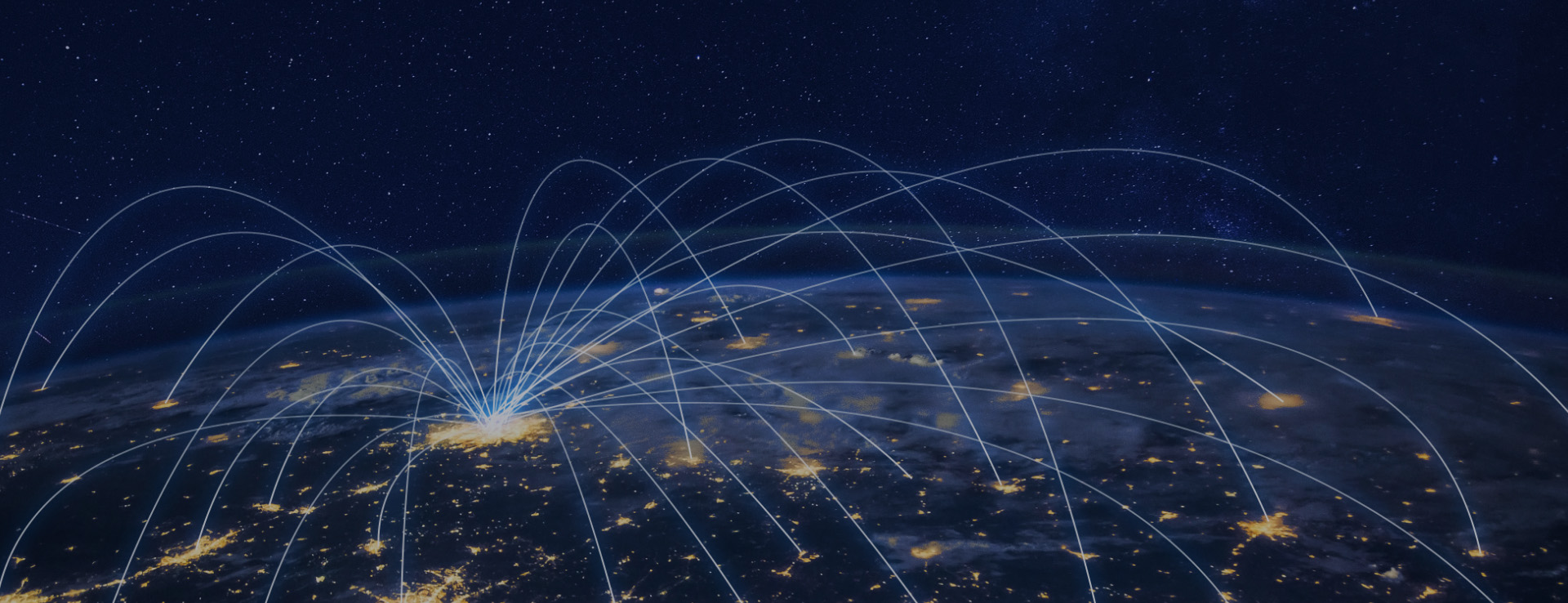
The deep - sea world is full of unknowns and mysteries. The dark environment, huge water pressure and complex terrain bring many challenges to human exploration. As an important tool for exploring the deep sea, deep - sea cameras, with their unique design and advanced technology, show many significant advantages in underwater applications, providing strong support for fields such as deep - sea scientific research, resource exploration and environmental monitoring.
Firstly, deep - sea cameras have strong pressure resistance and can adapt to extreme underwater pressure environments. As the depth of seawater increases, the water pressure increases sharply. In the seabed thousands of meters deep, the water pressure can even reach hundreds of atmospheres. Ordinary cameras will be crushed instantly in such an environment, while deep - sea cameras, through special material selection and structural design, such as using high - strength alloy shells and sealed cabins, can withstand huge water pressure and ensure normal operation in the deep - sea environment. This enables it to go deep into various areas of the deep sea, capture the underwater scenes that were previously difficult to reach, and provide precious image data for the study of deep - sea geological structures, submarine volcanic activities and so on.
Secondly, deep - sea cameras have excellent low - light imaging capabilities, which can take clear shots in the dark deep - sea environment. Sunlight cannot penetrate the deep sea, and most deep - sea areas are in eternal darkness, with only a few organisms able to emit light by themselves. In order to cope with such extreme lighting conditions, deep - sea cameras are usually equipped with highly sensitive image sensors and specially made lighting systems. The high - sensitivity sensor can capture weak light, even the faint fluorescence emitted by organisms can be clearly recorded; and the specially made lighting equipment can provide appropriate light without disturbing the normal life of deep - sea organisms, ensuring that the captured images are clear and rich in details. This advantage allows researchers to observe the morphological characteristics, behavioral habits of deep - sea organisms and their interactions, opening a new window for deep - sea biological research.
Moreover, deep - sea cameras have good stability and anti - interference ability, and can work stably in complex underwater environments. There are complex water movements such as undercurrents and vortices in the deep sea, and they may also be disturbed by seabed sediments and plankton. Deep - sea cameras can maintain a stable shooting angle and position in the water flow by carrying a stable propulsion system and attitude control system, reducing image jitter caused by water flow impact. In addition, its internal electronic components have undergone special anti - interference treatment, which can effectively resist the interference of the underwater electromagnetic environment and ensure the stable transmission of image signals. This enables it to continuously and stably obtain high - quality image data in complex underwater environments, providing reliable guarantee for long - term deep - sea monitoring and exploration tasks.
In addition, deep - sea cameras support diversified mounting methods and have strong adaptability. It can be installed on various carriers such as submersibles, underwater robots and buoys, and flexibly deployed according to different task requirements. For example, when mounted on a manned submersible, researchers can control the camera in real time to take close - up shots and observations of interesting targets; when installed on an underwater robot, it can realize autonomous cruise shooting of a large range of deep - sea areas; and when combined with buoys, it can carry out long - term fixed - point monitoring of specific sea areas. This diversified mounting method enables deep - sea cameras to adapt to different underwater operating scenarios, improving their application scope and flexibility in deep - sea exploration.
Finally, deep - sea cameras can realize real - time transmission or storage of data, facilitating subsequent analysis and research. Some deep - sea cameras are equipped with advanced communication systems, which can transmit the captured image data to the surface control center in real time, allowing researchers to timely understand the deep - sea situation and adjust the exploration strategy according to the real - time data. For some tasks that do not require real - time transmission, deep - sea cameras can store data in internal large - capacity memory, and then extract and analyze the data after the equipment is recovered. This data processing method not only meets the needs of real - time decision - making, but also ensures the integrity and security of data, providing convenience for the smooth development of deep - sea exploration work.
To sum up, deep - sea cameras show irreplaceable advantages in underwater applications with their strong pressure resistance, excellent low - light imaging ability, good stability and anti - interference ability, diversified mounting methods and flexible data processing ability. With the continuous progress of technology, the performance of deep - sea cameras will continue to improve, providing more powerful support for human beings to further explore the deep - sea world and uncover the mysteries of the deep sea.



